October 18, 2002
Cellular Approaches to the Understanding of CNS Development, Damage, and Repair
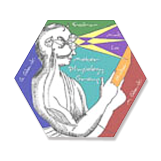 Welcome
Welcome
Major advancements in the understanding of the cellular mechanisms underlying CNS Development, damage and repair are dramatically altering our ability to understand a multitude of fundamental problems in neurobiology. This Symposium will provide a focused presentation on a spectrum of advances that are receiving considerable attention at the national and international levels.
Speakers
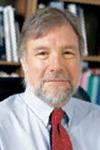 Spinal Cord Injury
Spinal Cord Injury
Michael Beattie, Ph.D., Ohio State University
Spinal contusion injury and the critical importance of interaction between inflammatory mediators and neurotransmitters in modulating cell death and synaptic function.
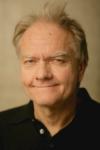 Pluripotent Stem Cells
Pluripotent Stem Cells
Derek van der Kooy, Ph.D., University of Toronto
I’ll discuss how we define and study neural stem cells in vivo and in vitro. If anyone still believes me after this, then I’ll try to identify the specific cell type that serves as the neural stem cell in the adult brain.
 Glial Precursor Cells
Glial Precursor Cells
Margot Mayer-Proschel, Ph.D., University of Rochester
The presentation will introduce our work that lead to the identification and characterization of lineage restricted precursor cells in the embryonic and adult mammalian CNS. I will discuss our recent efforts of the isolation and characterization of such lineage restricted precursor cells from human tissue for clinical applications. Finally, I will present data suggesting that developmental syndromes caused by maladies such as thyroid and iron deficiency are diseases of precursor cell populations.
 Oligodendrocytes in Development and Injury
Oligodendrocytes in Development and Injury
Robert Miller, Ph.D., Case Western Reserve University (formerly), GW School of Medicine & Health Sciences
The control of oligodendrocyte development and function in development and ischemic injury. Oligodendrocytes like the other major classes of cells in vertebrate central nervous system are derived from cells of the neuroepithelium. I will discuss the molecular cues responsible for the generation of spinal cord oligodendrocyte precursors and their subsequent population of the white matter. Prenatal insults disrupt forebrain development leading to cognitive impairment and cerebral palsy. I will present data on the perturbation of oligodendrocyte development by fetal ischemia in a novel rodent model.
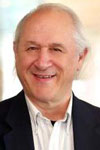 Redox Modulation of Cellular Function
Redox Modulation of Cellular Function
Mark Noble, Ph.D., University of Rochester
Redox state is a central modulator of multiple precursor cell functions, including regulation of the propensity of cells to either divide or differentiate. Intracellular redox state is modulated by both extracellular signals and cell-intrinsic processes, and appears to be utilized by the organism as a modulator of precursor cell behavior. As a consequence, precise predictions can be made about developmental effects of such pro-oxidants as toxicants. Of the toxicants we have studied, the effects of chemotherapeutic agents are of perhaps the greatest importance due to our finding that oligodendrocytes and lineage-restricted precursor cells of the CNS are more vulnerable to these agents than are cancer cells. Strikingly, modulation of redox state allows for selective protection of normal cells from such toxicity, at least in vitro.
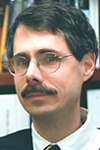 Generic Approaches to Study CNS Function and Repair
Generic Approaches to Study CNS Function and Repair
Howard J Federoff, M.D., Ph.D., University of Rochester
The molecular basis of neuronal plasticity is explored using molecular genetic approaches in vivo and in cell cultures. I will discuss work on NGF and its role in mediating synaptic plasticity within the a part of the spatial learning circuitry, the septohippocampal pathway.
 Reconstruction of Neuronal Pathways
Reconstruction of Neuronal Pathways
Jeffrey D. Macklis, M.D., Harvard University
Prior results and ongoing experiments from our lab demonstrate that in regions of adult mouse neocortex undergoing synchronous apoptosis of projection neurons, nearby interneurons and other cells upregulate genes that guide transplanted neuroblasts or precursors to undergo directed migration, differentiation, synaptic integration, and re-formation of appropriate long-distance projections. Recent results from our lab demonstrate that endogenous neural precursors/stem cells can be induced in situ to differentiate into cortical neurons and form appropriate long-distance connections in the adult brain, at least in small number. This suggests the possibility of neuronal replacement by activation of precursors, without requiring transplantation of exogenous cells. Ongoing experiments aim at elucidating some of the underlying molecular mechanisms for this induced neurogenesis; whether this neurogenesis can be increased; whether new neurons differentiate precisely; and whether newborn neurons join functional circuitry.